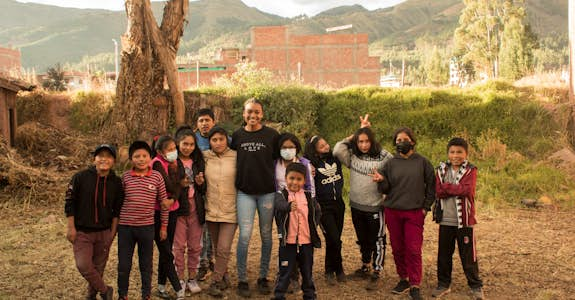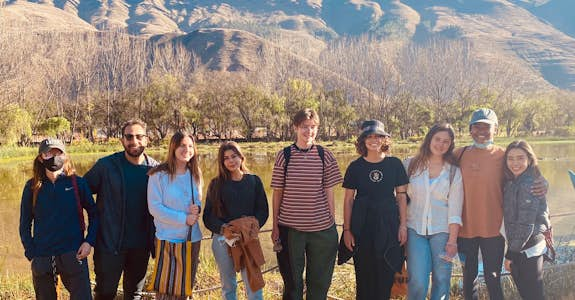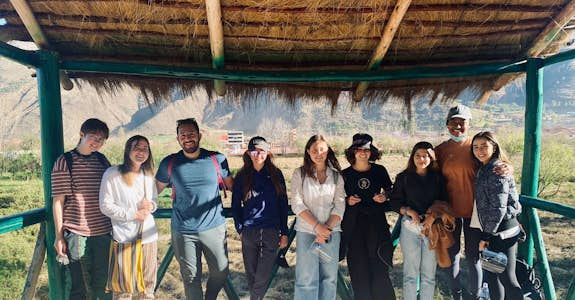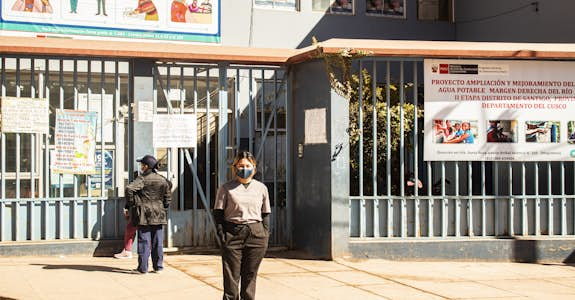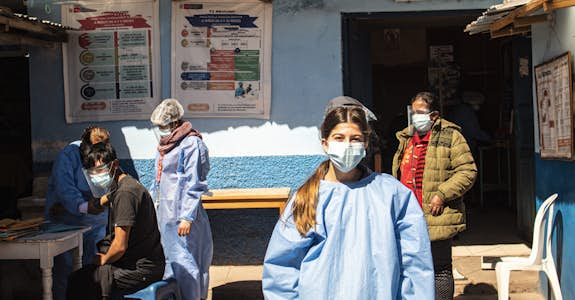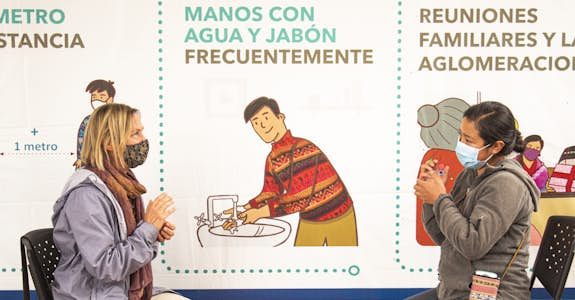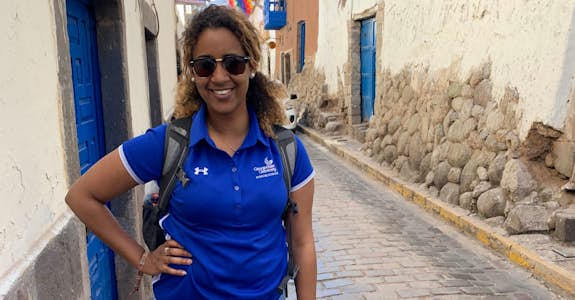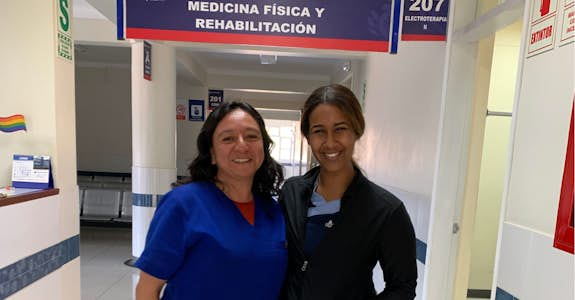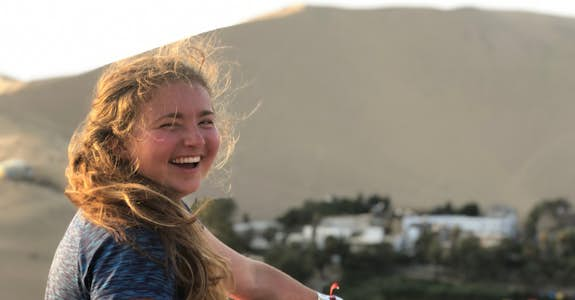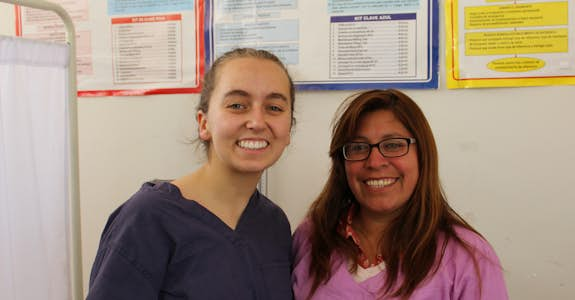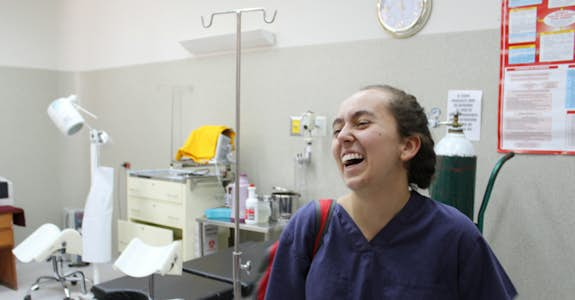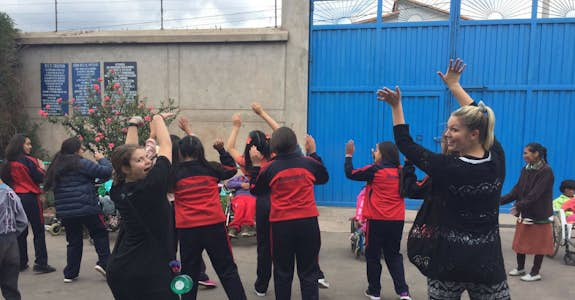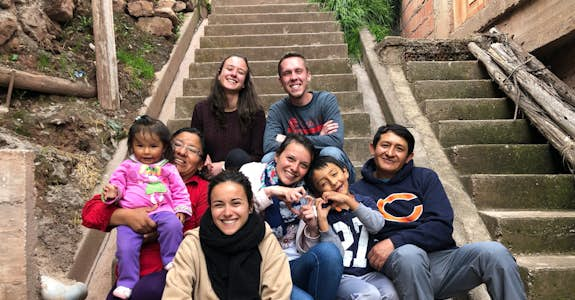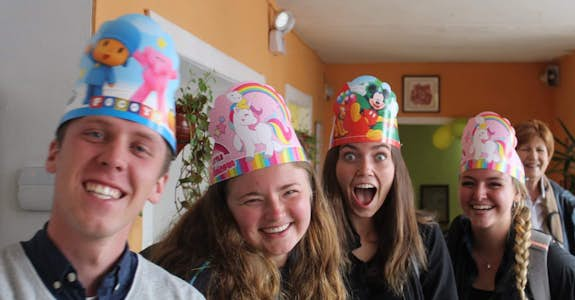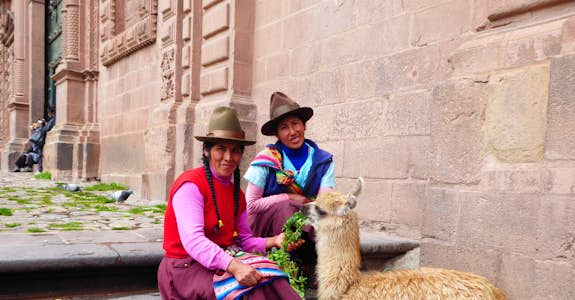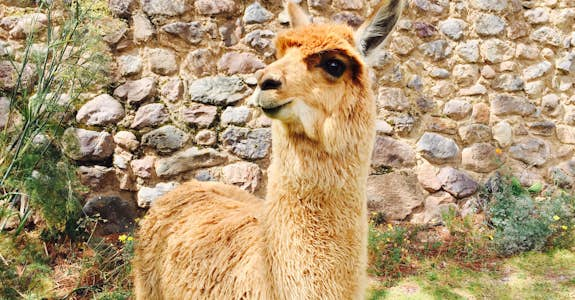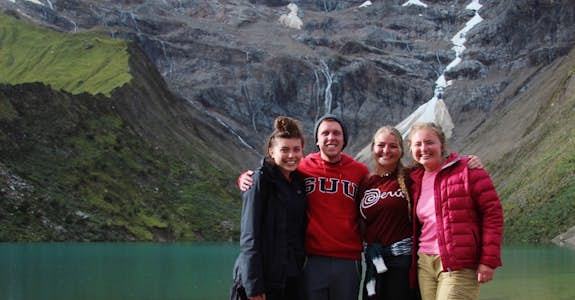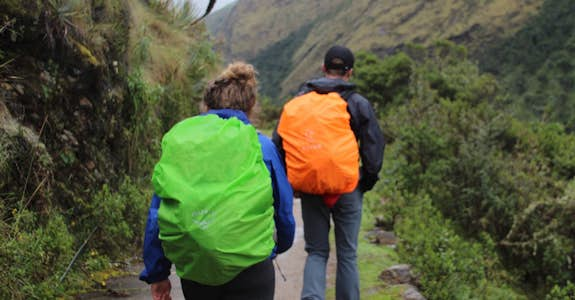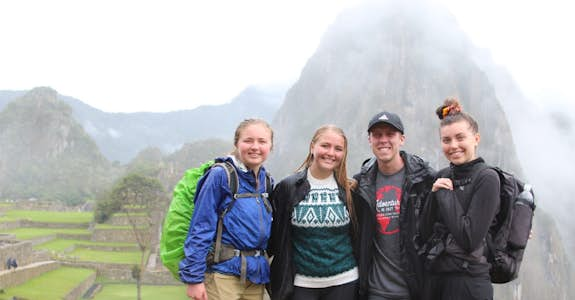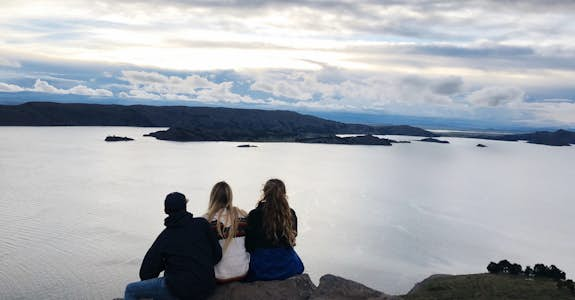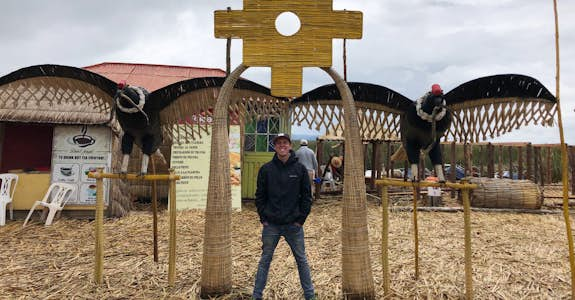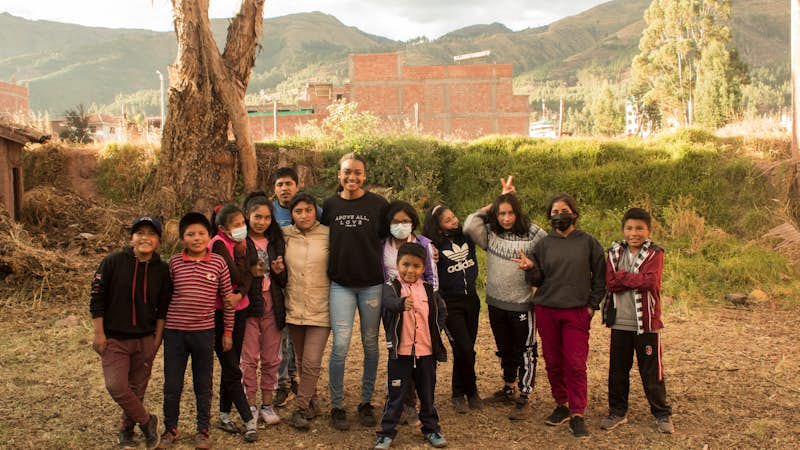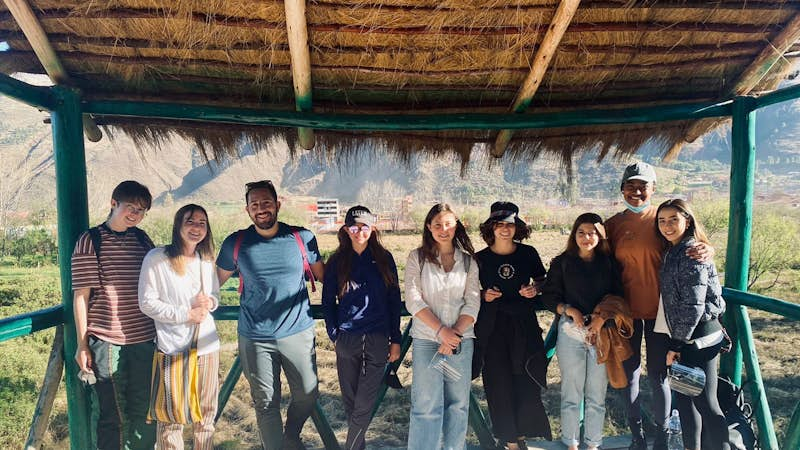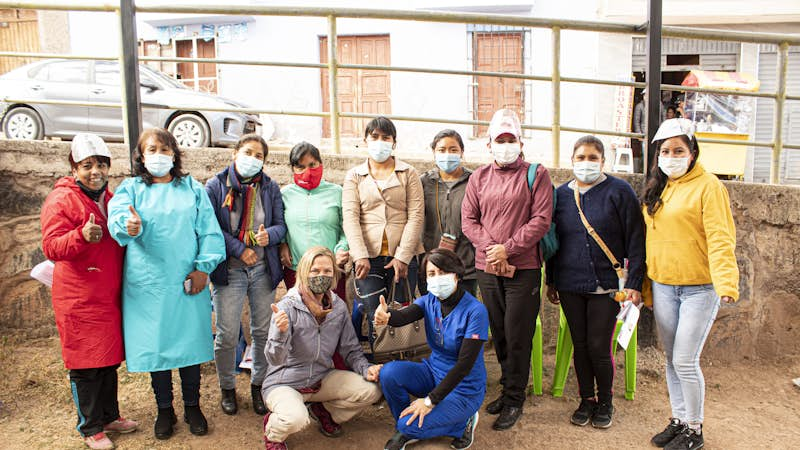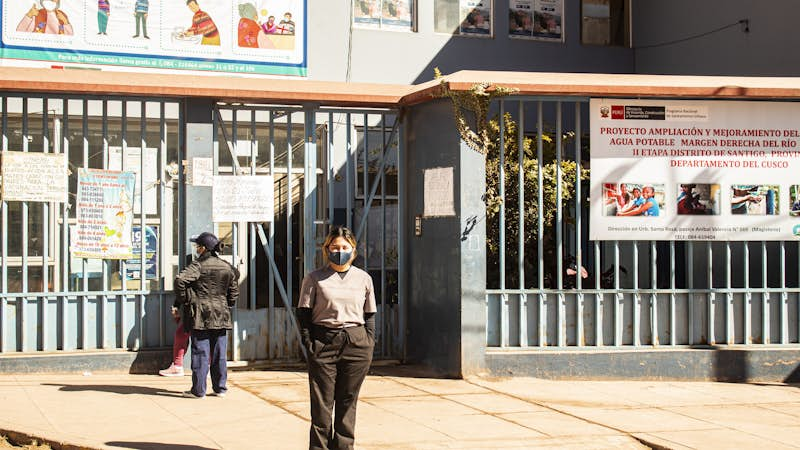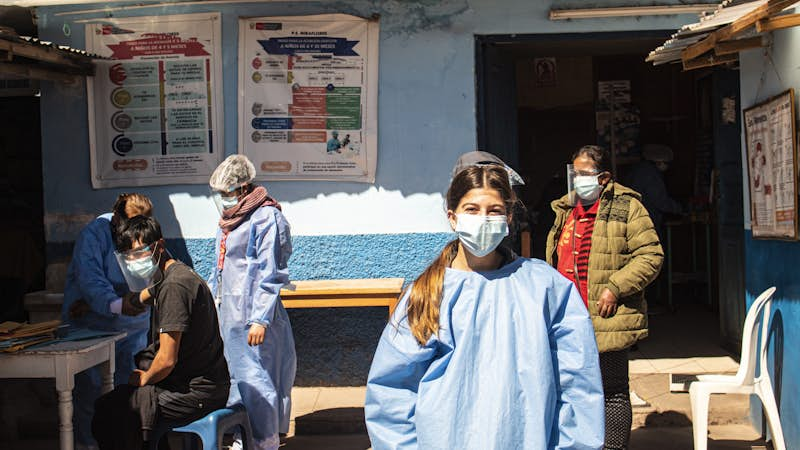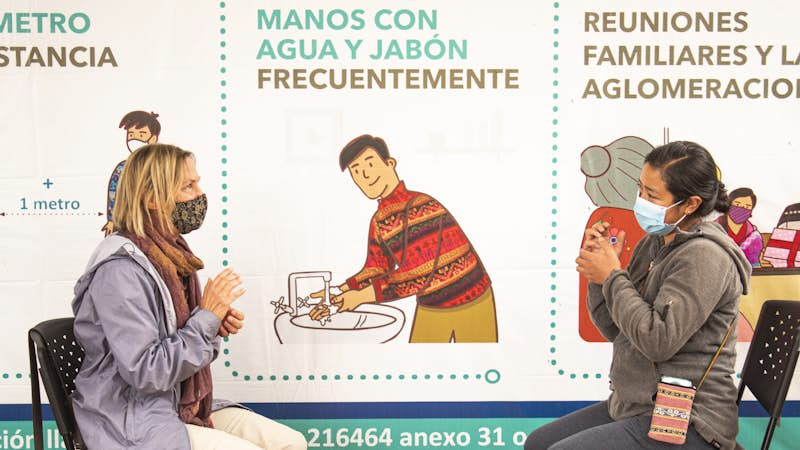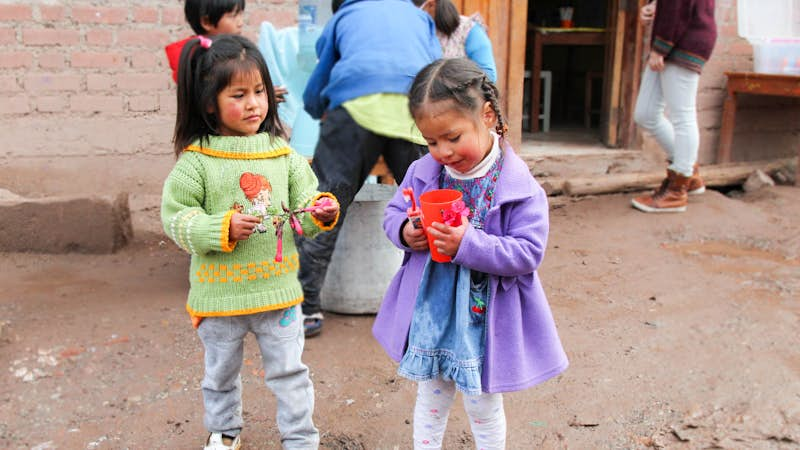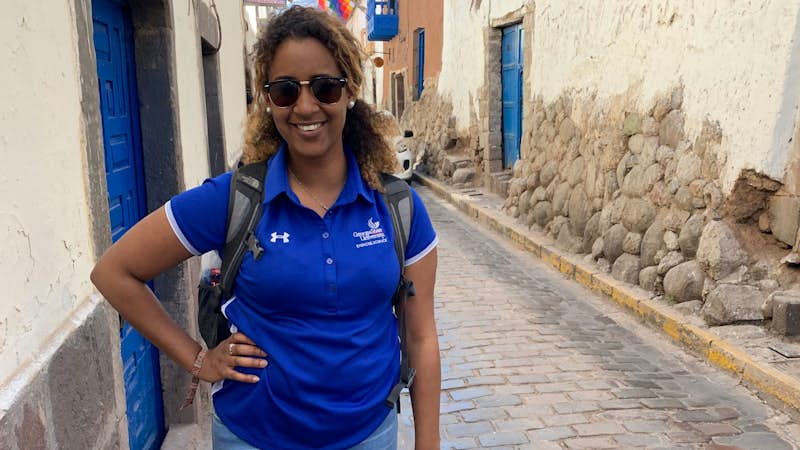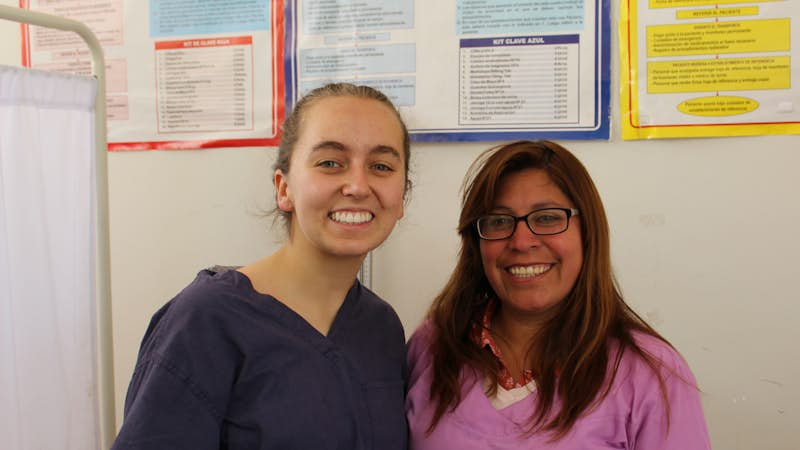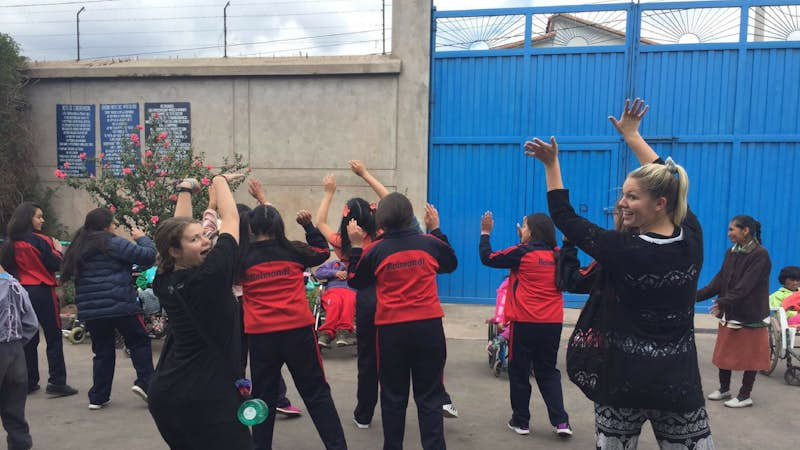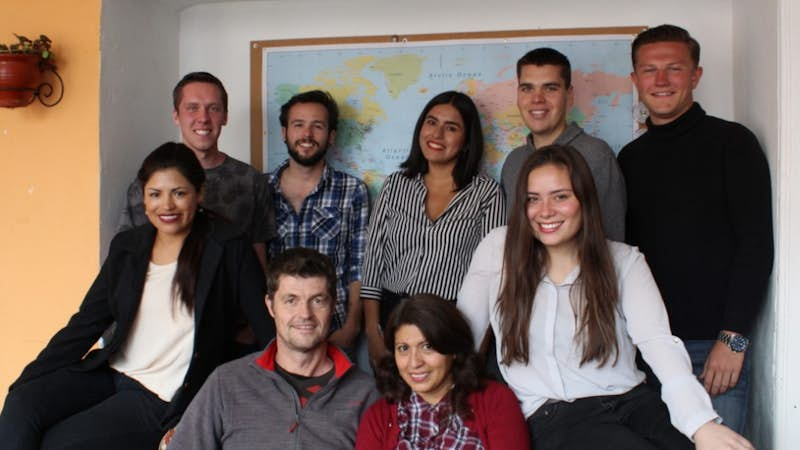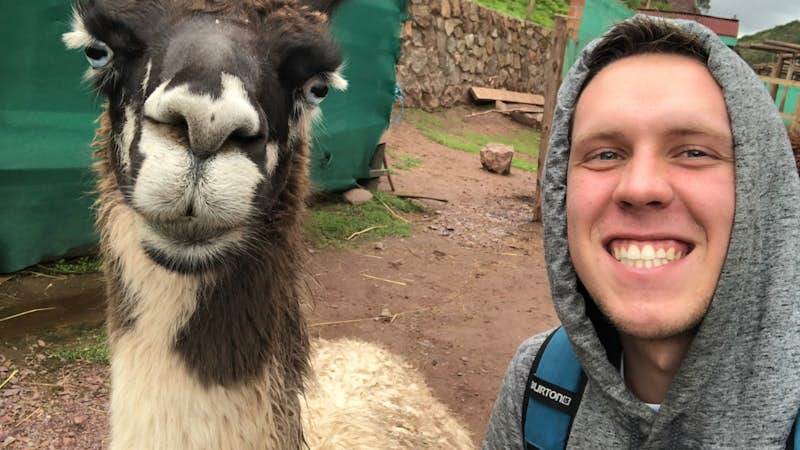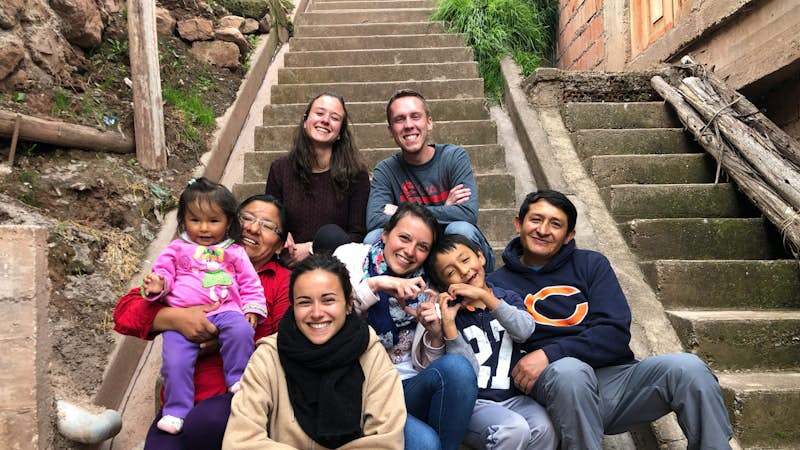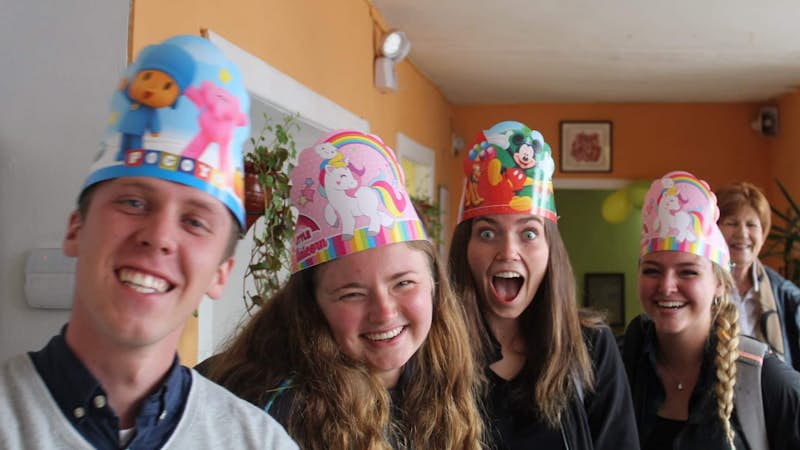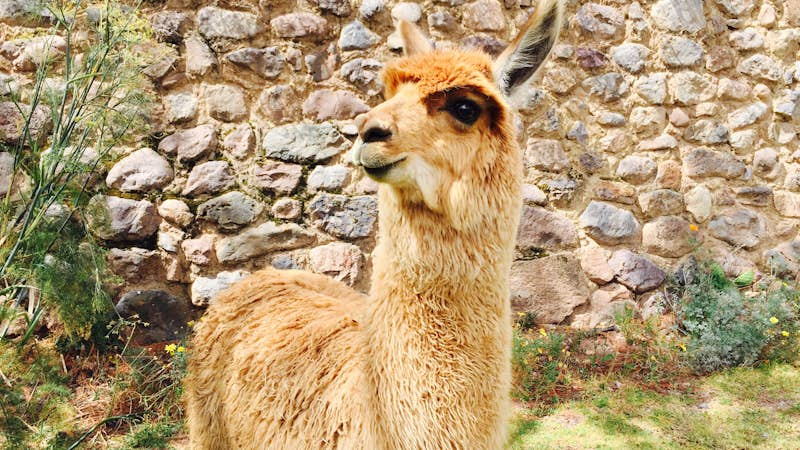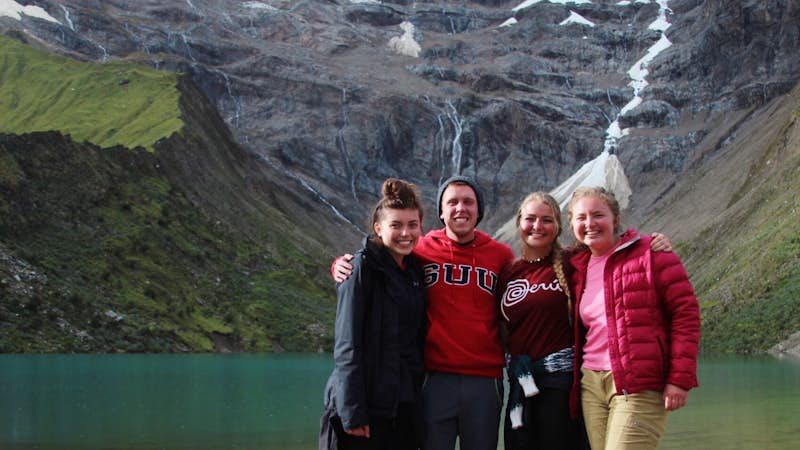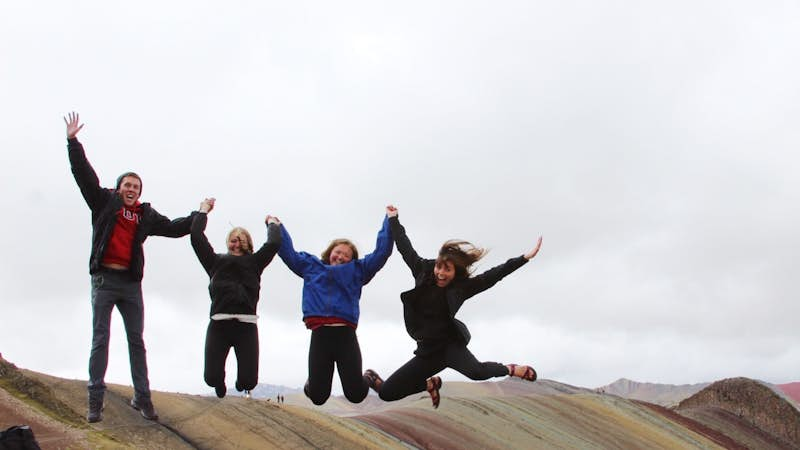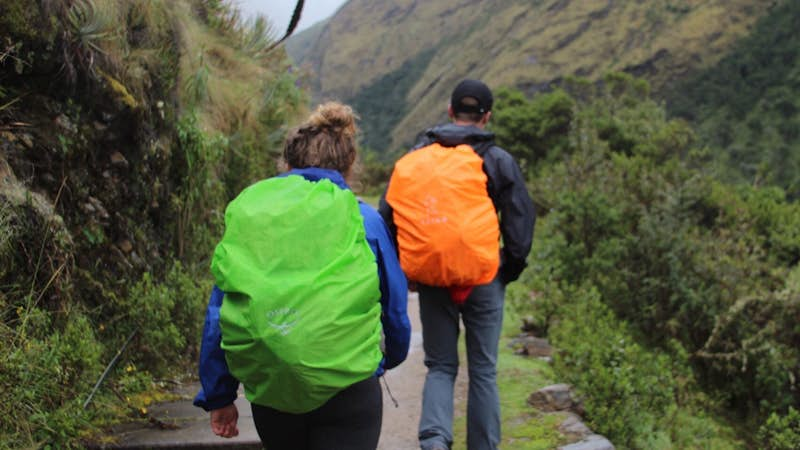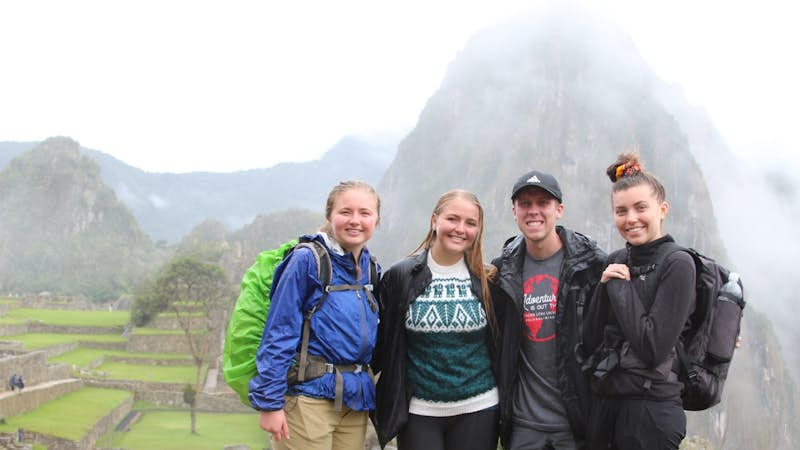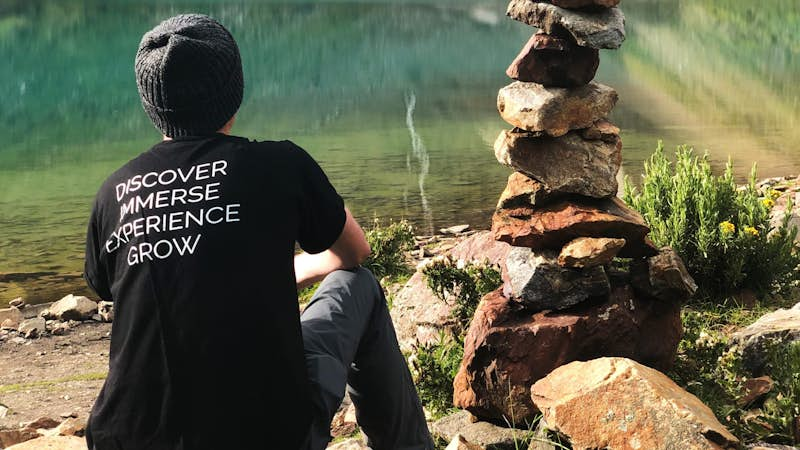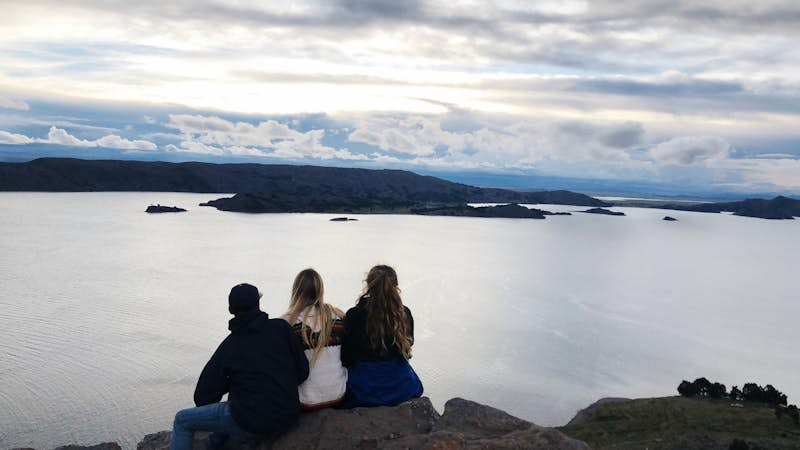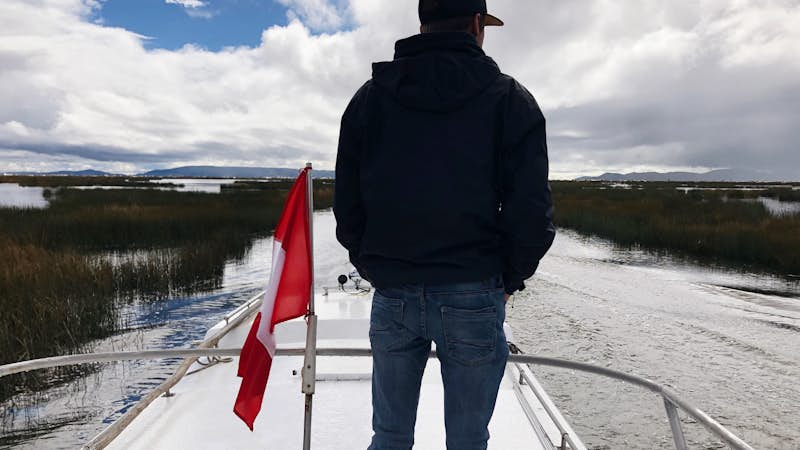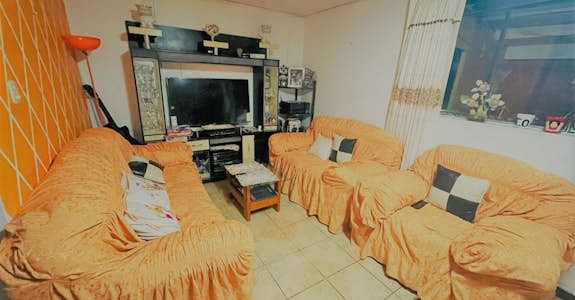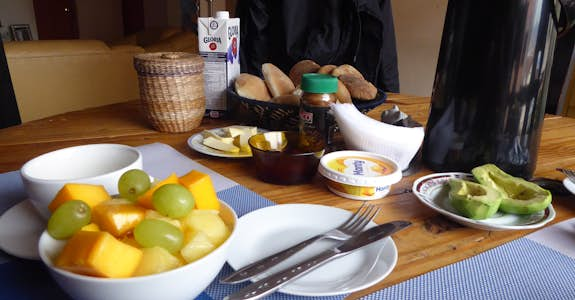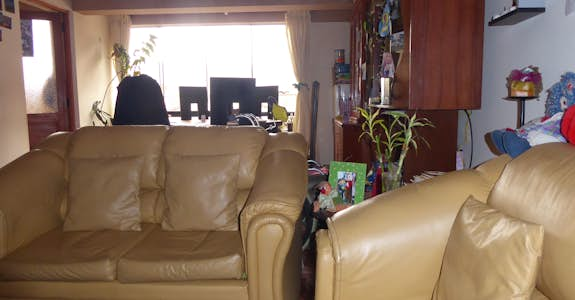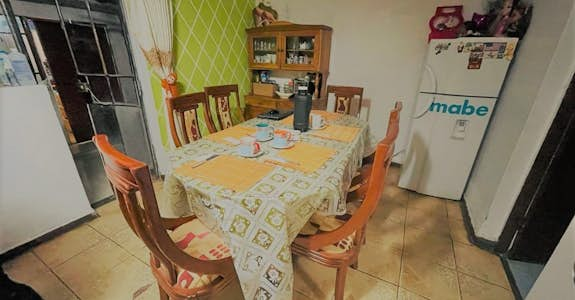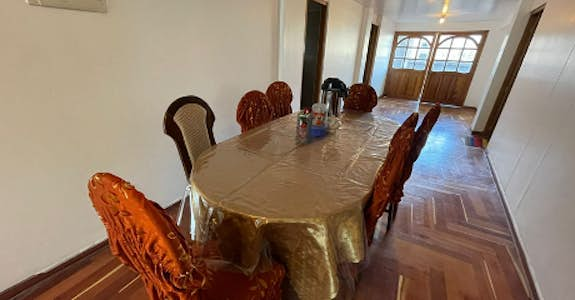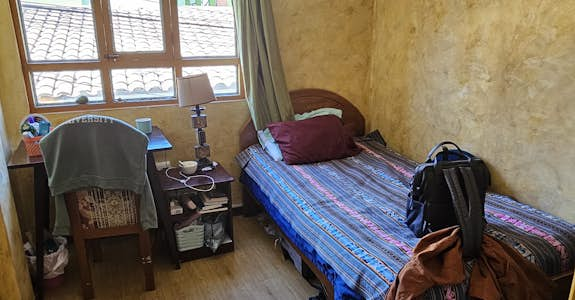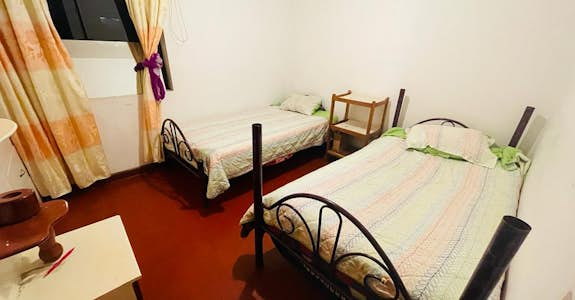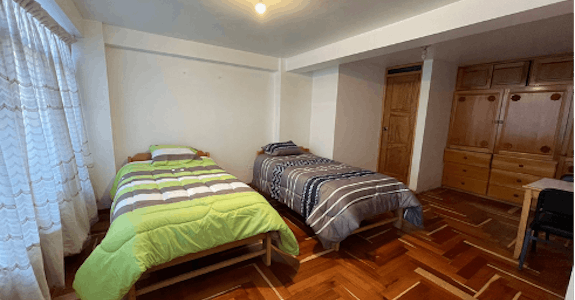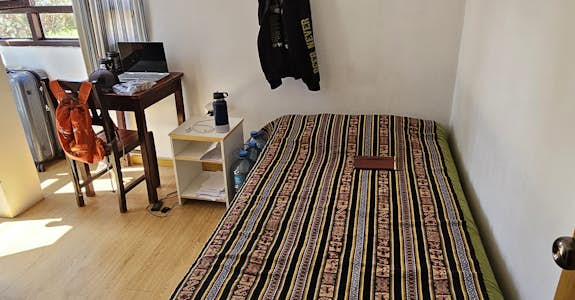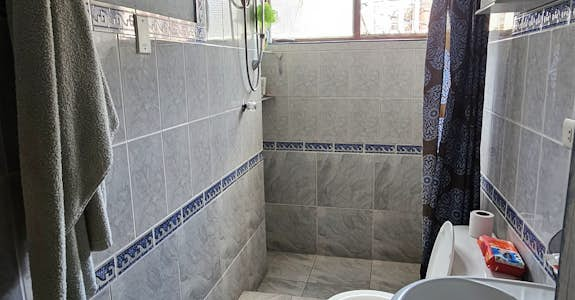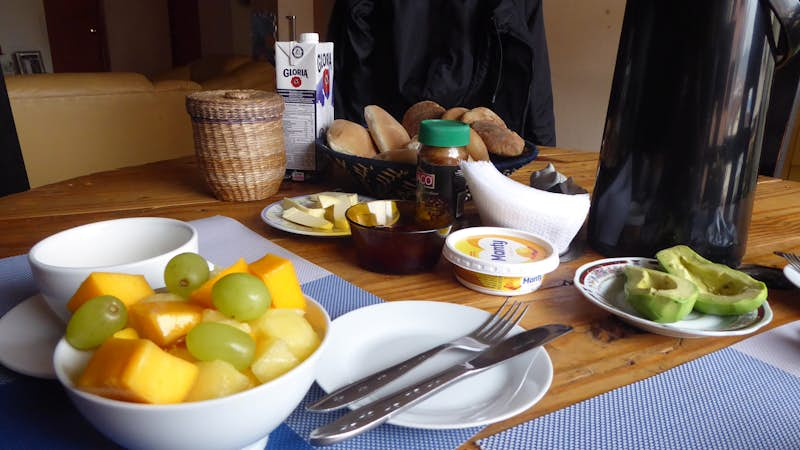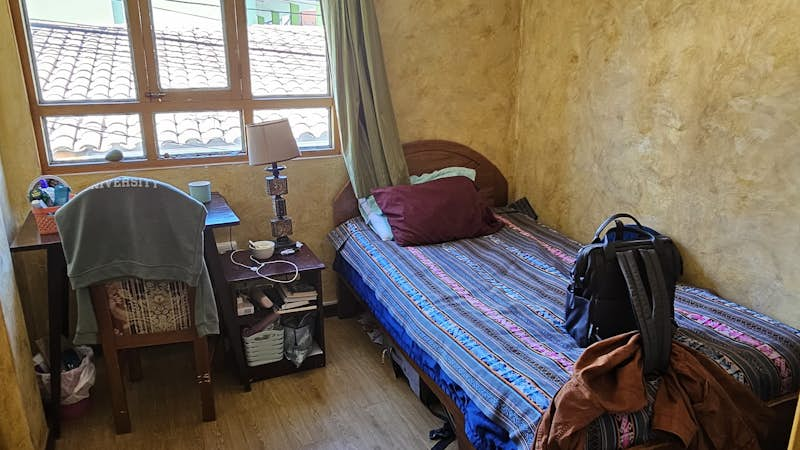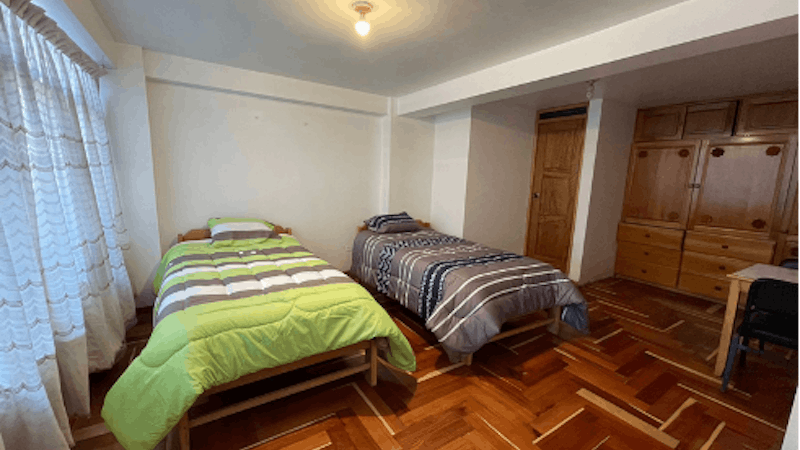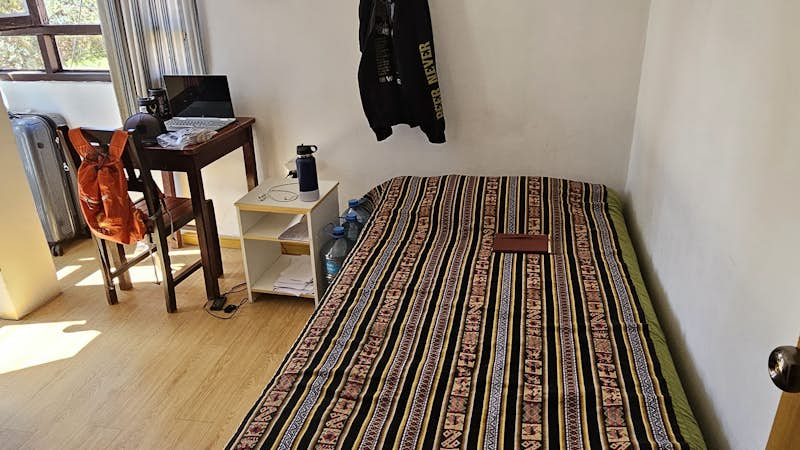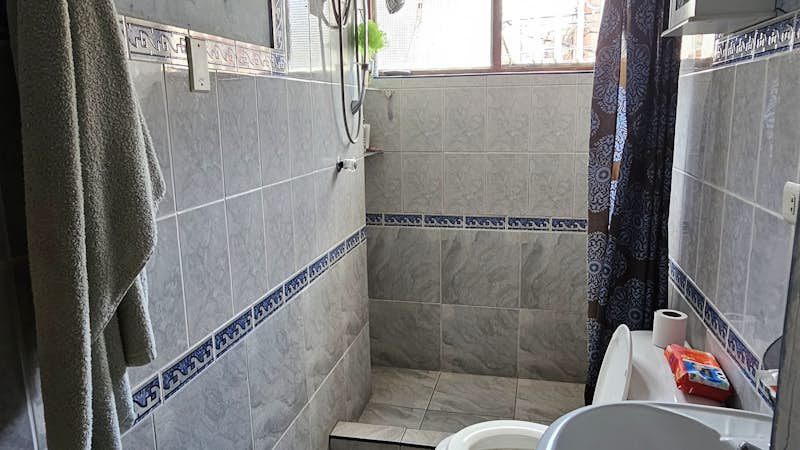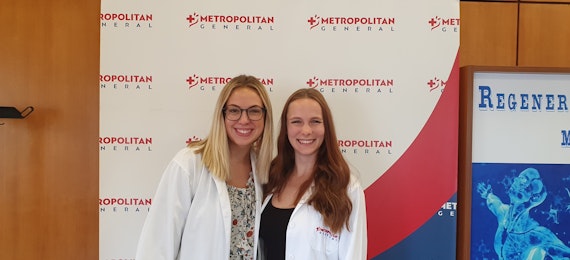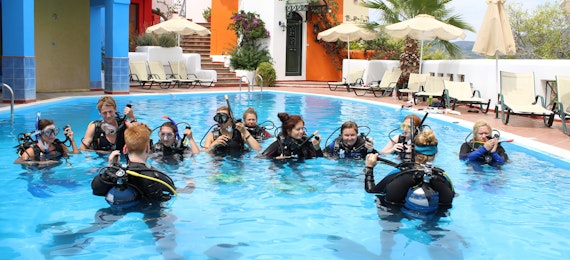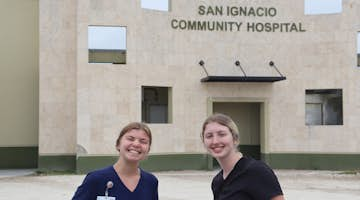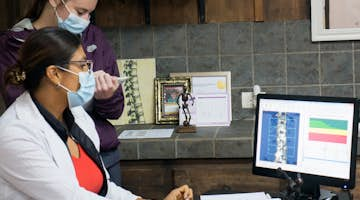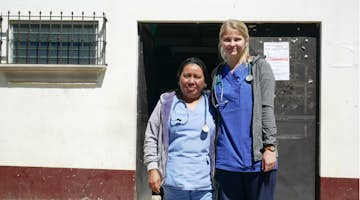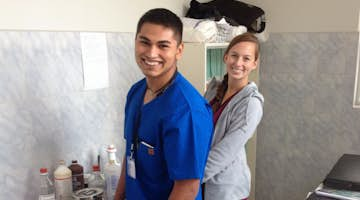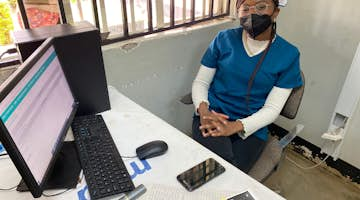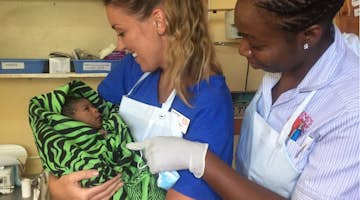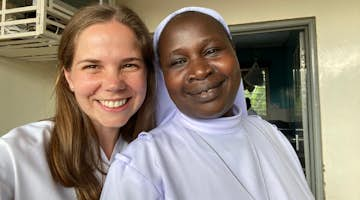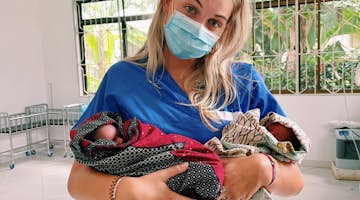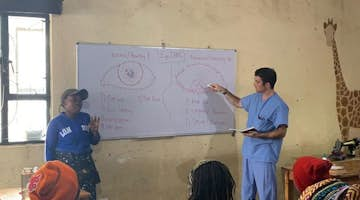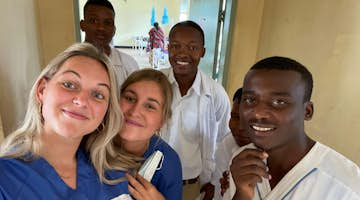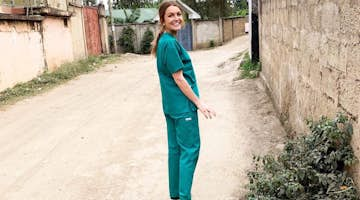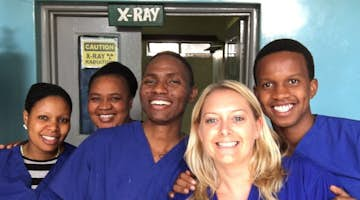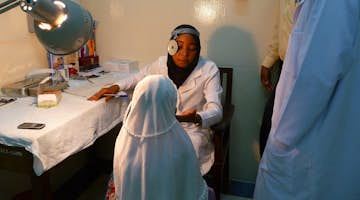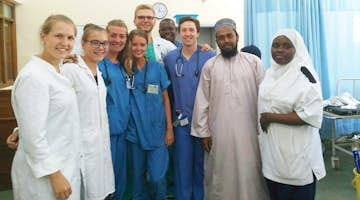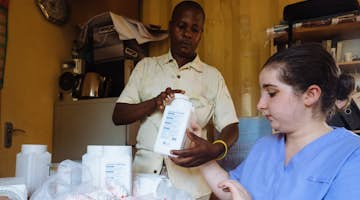
Midwifery Internships: Intern abroad in Cusco, Peru
Midwifery internships in Peru provide a privileged opportunity to gain experience assisting at birthing homes and clinics for new and expecting mothers. Interns are placed with local midwives, supporting and assisting them as they work with expecting mothers at various stages of their pregnancies, as well as with new mothers and infants.
What to expect from your Midwifery internship:
- Support expecting mothers throughout their pregnancies
- Work closely with a local midwife, with the opportunity to assist with a birth
- Experience Cusco, one of the world’s most popular tourism cities
Your internship abroad host organization:
- Both private and public clinics
- Birthing homes
Internship details
Midwifery internships in Peru provide a privileged opportunity to gain experience assisting at birthing homes and clinics for new and expecting mothers. Interns are placed with local midwives, supporting and assisting them as they work with expecting mothers at various stages of their pregnancies, as well as with new mothers and infants.
This is an in-country internship, with accommodation and meals provided.
Midwives provide immensely valuable support for expectant mothers throughout their pregnancy, as well as in the birthing process and beyond. It is a highly emotional time for mothers, so having an experienced and understanding midwife makes a huge difference in the process. Midwifery interns can learn a lot from shadowing and observing professional and experienced midwives as they work with new and expectant mothers in Peru.
Interns placed in birthing homes help to provide an intimate space for women to connect, gather strength, and deliver babies with love. You’ll help midwives to support women at various stages of their pregnancies, learning about the needs of pregnant women and how best to assist them. Interns also help on outreach visits, accompanying midwives on home visits.
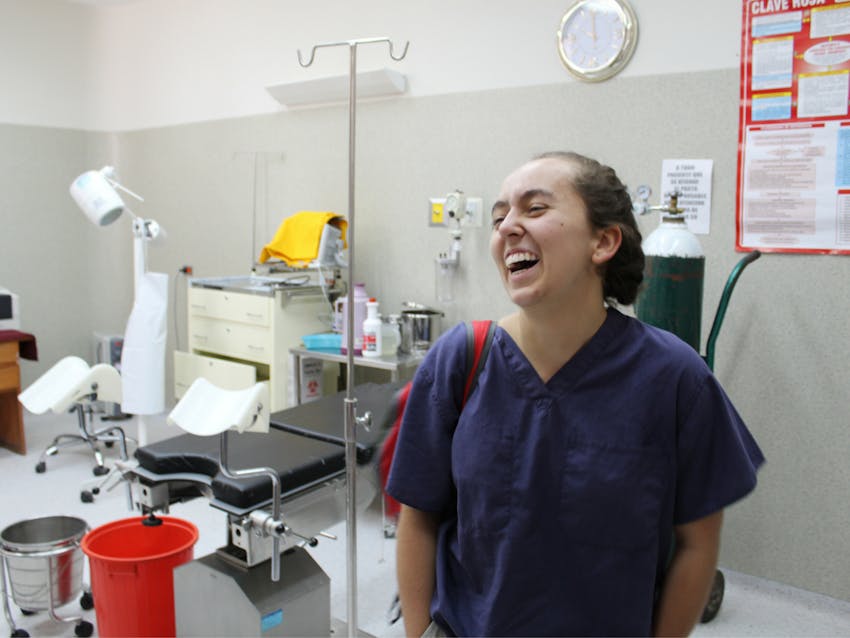
In addition to birthing home placements, midwifery interns can also be placed in maternity clinics around Cusco. As well as assisting midwives, you can help to prepare materials, help with administration and patient records, and take part in home visits to provide support for new and expectant mothers.
Flexibility is a key requirement for this placement as there are no standard business hours for childbirth and no telling when mothers will require help from the midwifery team. Interns are encouraged to purchase a local sim card in-country, so that you can remain in-touch with the senior midwife. Just as there can be busy times, interns must also be aware that babies may not be delivered every week.
The longer you can stay, the greater chance you’ll have to assist with a delivery (if the mother grants her consent). Tasks may typically be related to pre and post-delivery sessions, utero stimulation, Doula assistance, postpartum care, and Waltaska (an ancestral technique that involves newborn care and allows for the speedy recovery of the mother). Not all interns will be able to assist with an actual birth, but those who are able to build a connection with mothers will have a better chance of helping in a delivery suite.
In all tasks, the level of responsibility you’re given will depend on your midwifery experience and Spanish language ability. Advanced Spanish is strongly recommended and the ability to communicate confidently in intermediate Spanish is required. English is not commonly spoken and the ability to communicate effectively with both mothers and midwives is crucial. In some cases, patients may only speak Quechua, so interns should be prepared to encounter language barriers at times.
Interns should expect that the first week of your experience will focus on settling in and gaining some introductory knowledge, as you will not “hit the ground running”. Rather, you should start with learning about the placement to gain an understanding of what you can build upon, develop, learn, and contribute. Ensure that you ask questions and provide feedback during the introductory period, so that your supervisor understands how you’re progressing. This will help them to better understand important details, such as how quickly you learn, what you find challenging, what you find interesting, etc.
Understand and expect that individual internship experiences vary, as the specific placement that you’re assigned will depend on review of your resume and your current level of studies and experience. Therefore, if you’re at a more introductory level, you should reasonably expect a more introductory internship. Likewise, if you’re interning for a shorter duration, you will have a different experience from someone who is interning for a longer duration.
Typical Schedule
-
Monday - Friday, 4 hours per day. Interns should be prepared to work odd hours if required
What are the career benefits of interning abroad as a Midwifery Intern?
Midwifery interns learn from a qualified and experienced supervisor, and can be involved in:
-
Observing maternity departments and birthing homes
-
Shadowing and assisting midwives
-
Preparing materials for consultations and births
-
Assisting in births
-
Support in administrative work: admission of incoming patients and history reports
-
Visiting new and expecting mothers in their homes
Professional development opportunities:
-
Experience how midwives support expecting and new mothers
-
Gain understanding of the needs of mothers at various stages of pregnancies
-
Experience how to build relationships with mothers throughout their pregnancies
-
Practice and develop Spanish language proficiency within a professional setting
-
Gain an insight in the Pervian healthcare systems and culture and differences
-
Gain practical skills and boost your employability, with guidance from Intern Abroad HQ’s Experiential Learning Curriculum to support your learning and cultural intelligence
Are you eligible for this internship?
Submit a free application so we can confirm your eligibility and check availability for your preferred dates.
Not sure which program to join?
Peru photo gallery
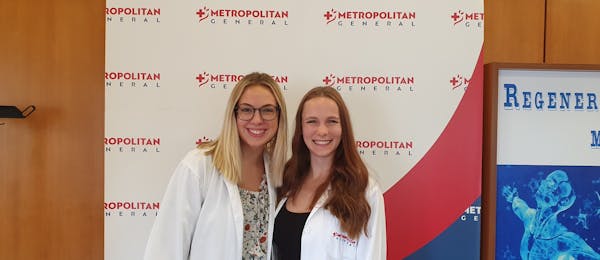
Academic credit available for all internships
Get course credit from your college or university while completing your internship abroad or a remote internship program. It's a great way to meet your academic requirements and gain valuable experience at the same time.
Learn about course creditProgram fees
Applying for our Midwifery Internship is completely free! The support package covers the assistance we provide in finding your internship and arranging your living accommodations in your host country, ensuring you thrive during your program.
Please note that a deposit of US$499 is required to confirm your place. The remaining balance (minus your initial US$499 deposit) is due at least 60 days before your internship start date.
Duration |
Program Fee (USD) |
|---|---|
| 3 weeks | $1,382 Equivalent to $65 /day |
| 4 weeks | $1,583 Equivalent to $56 /day |
| 5 weeks | $1,749 Equivalent to $49 /day |
| 6 weeks | $1,940 Equivalent to $46 /day |
| 8 weeks | $2,272 Equivalent to $40 /day |
| 10 weeks | $2,659 Equivalent to $37 /day |
| 12 weeks | $2,991 Equivalent to $35 /day |
| 16 weeks | $3,765 Equivalent to $33 /day |
| 20 weeks | $4,429 Equivalent to $31 /day |
| 24 weeks | $5,093 Equivalent to $30 /day |
- Airport pick-up
- Daily breakfast, lunch and dinner
- Accommodation
- 24/7 in-country support
- Program orientation
- Dedicated support before, during, and after your internship
- In-country guidance for social and tourist activities
- Sourcing and securing your internship placement
- Personalization of your internship plan
- Coaching from your supervisor
- Documented portfolio of your experiential learnings
- Academic credit facilitation
- International reference letter
- Certificate of Internship Completion
- All in-country transportation
- Transfer back to the airport at the end of your internship program
- Visa (if required), flights, travel insurance (mandatory), vaccinations, criminal background check
- Personal spending money for snacks, drinks, public transport, laundry, and leisure activities during your free time.
Free-time experiences & tours in Cusco
Take your internship to the next level with Intern Abroad HQ's affordable activity and tour add-ons in Cusco! Explore your options below and learn how to book them once you've been accepted onto an internship program.

Enjoy 15 hours of Medical, Business or Technical Spanish Language Lessons while interning abroad in Peru.

Enjoy 20 hours of private Spanish language lessons while interning in Peru.

Enjoy this unique Wonder of the World on an affordable 4 day, 3 night tour.
Spanish lessons
Internships in Peru require interns to have varying levels of Spanish language proficiency, from either a confident level of basic Spanish, to a more developed grasp of intermediate to advanced language skills. The definition of having basic Spanish skills (Level A2) includes the ability to exchange brief information with questions and answers, use and understand simple language in daily situations and cultural aspects.
Keep in mind that despite your level of proficiency, a language barrier can still be encountered to a certain extent. Interns should be prepared for the very natural and normal frustration of not always understanding what is being said around them. Most interns are able to have a successful internship experience and it is essential to come prepared and willing to surmount a language barrier, as opposed to being intimidated by it.
We strongly recommend that all interns take advantage of the affordable language lessons offered exclusively to Intern Abroad HQ participants by our host organization in Peru. These can be arranged directly with the local team once registered for the program (ask about online Skype lessons) or at the orientation in-country. Language lessons are tailored to each individual’s current level of Spanish and classes run from Monday through to Friday.
Arrival and Orientation
Internships in Peru begin every Monday. Exceptions may be made to this when start dates are shifted to avoid public holiday disruptions or closed when the program has already reached capacity. The minimum duration requirement is 2 weeks up to a maximum duration of 24 weeks.
Airport pick up and accommodation are included in the Program Fee. The accommodation is covered from the Sunday night before the Monday start date - interns are required to arrive no later than the Sunday before their Monday start date, as all orientations are held on Mondays.
The typical port of entry is the Alejandro Velasco Astete Airport (CUZ). If you are planning to spend time independently in Peru prior to your internship and will not require an airport pick up, we can discuss alternative arrival logistics with you.
Upon arrival, interns will be met, greeted, and transferred to the accommodation. The last night of the accommodation is the Friday night of the final week, leaving interns free to depart on Saturday. Extra nights of accommodation can be arranged in advance, if requested, and are subject to availability.
Orientation covers important details for your internship, including introductions, information about culture, customs, rules, expectations, safety, language lessons, cultural excursions, and more. Your specific internship placement orientation will follow the general orientation, as you’ll be shown how to travel to and from your internship and be introduced to the team you’ll be joining.
Please note that all participants are advised not to book flights until they have first registered to confirm their internship placement.
Check what's required to visit Peru
Check out the widget below to learn about the visa requirements for the Midwifery internship in Peru, based on your country of residence.
Accommodation and WiFi
All interns in Cusco, Peru, are hosted in various homestay accommodations, which are usually located approximately 20 minutes walk to the central office (which is located just off the Plaza De Armas). In some cases, accommodation may be located closer to the internship placement than the central office for convenience. If so, then the central office may be about 20 minutes away via public bus.
Homestay accommodations provide international interns with an extra layer of support, while also providing a valuable opportunity for cultural immersion. Host families can be diverse but may often consist of two parents and children or a single parent with children (the ages of a host family’s children can range from young and still living at home, to adults living independently).
There are usually 1-5 guest bedrooms available in most home-stays and everyone has their own private single-sex bedroom (unless special requests are made in advance to share with a friend or partner).
Given that homestay accommodations themselves may be mixed-gender (with single-sex bedroom allocations for guests), guests must be prepared to share common living spaces with mixed-gender, such as shared kitchen, living, dining, and bathroom areas. Host families typically have their own bathrooms and there is a separate bathroom which is shared amongst the program guests.
Living is comfortable, however it’s important to note that the infrastructure in Cusco is different from other developed cities. Water is cut-off intermittently at various times during the day. Most of the time, the water is running early in the morning, in the afternoons and evenings. It’s advised to shower in the morning and early evening (shower pressure can be low, and the water is typically warm but not steaming hot). On occasion, the water can be cut-off for longer periods of time (but with a fair warning). There is usually 24-hour electricity but from time to time the power can be cut-off without warning.
It is endeavoured to provide WiFi in the home-stay accommodation, but the signal may not always be strong and from time to time, may go down.
Requests for any exceptional accommodation arrangements must be communicated in advance of the internship start date.
Please note that the accommodation pictured in the photo gallery of this webpage is provided as an example. Since we work with more than one option for homestay accommodation, the exact accommodation that you’re assigned may differ from the photos. However, you can expect a similar standard and similar amenities, to what is shown.
Meals
Internships in Cusco include three meals per day, served at the homestay. A typical Peruvian breakfast is provided and consists of bread, spreads, juice, coffee or tea, and fruit. Lunch is generally the biggest meal of the day, and often consists of a soup and a main dish. Dinner commonly consists of meat (often chicken), soups, pastas, starches and vegetables. Please be sure to let us know of any specific dietary requirements that you have in advance, so that we may ensure your hosts are aware and make recommendations accordingly.
Essential country information
| Capital | Lima |
| Population | 29.99 million |
| Languages | Spanish |
| Currency | Peruvian Nuevo Sol (PEN) |
| Time zone | UTC-05:00 |
Weather and climate:
Peru, unlike other equatorial countries, does not have an exclusively tropical climate; the influence of the Andes and the Humboldt Current causes great climatic diversity within the country. In the mountainous region, rain is frequent during summer and temperatures and humidity diminish with altitude up to the frozen peaks of the Andes. The Jungle is characterized by heavy rainfall and high temperatures, with the exception of its southernmost part, which has cold winters and seasonal rainfall.
What recent Midwifery interns said about their experience
Stunning and Inspiring! I went to Peru with Intern Abroad HQ and it was one of the best experiences I have had! My host family was incredible and really helped me improve my Spanish throughout my stay. I was assigned to a clinic in the more rural areas of Cusco and met some of the kindest people and gained a lot of experience in my future field. It gave me a lot of knowledge about how clinics function when they are underfunded and how much care the doctors still showed for each patient.
I had the opportunity to work with a local midwife in Cusco, Peru this summer and it was fantastic! I worked with her side-by-side visiting patients in their homes, where we assessed their vitals, monitored their progress, assessed newborn vitals, conducted consultations, and held group antepartum classes/support sessions. I learned so much about the process of antepartum care, birth plans, health and wellness, and ancient Peruvian techniques for pain management and coping with labor and delivery. I worked with the midwife for 8 weeks, traveling with her to the Sacred Valley to see her patients two or three times a week. The days were very long, we usually left Cusco around 7am and got back around 10pm, sometimes later. There were three or four deliveries during the time I was interning, but unfortunately, I was not able to attend any of them. I think this was due to the language barrier (fluent Spanish is definitely necessary) and the haste required to travel to the Sacred Valley when delivery was imminent. I also took Spanish lessons during my internship. The lessons were great, and they organized weekly outings/events/parties for the interns, so it was super easy to meet people. I made a good group of friends there and we had tons of fun! I recently travelled to the UK and met up with a few of the friends I met in Peru :) Intern Abroad HQ was wonderful in helping me prepare for my trip. They were always there to answer questions, provide information, help me book excursions, and make sure everything was taken care of before I left. The insurance I got through them was also great, I got food poisoning and had to stay in the hospital overnight and everything was completely taken care of. Everything with them was perfectly smooth and easy, I can’t wait for my next internship trip!
To read all reviews, visit our reviews page.

